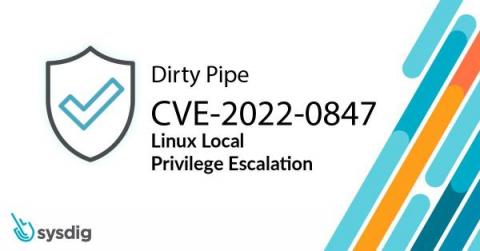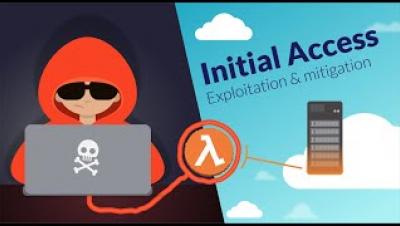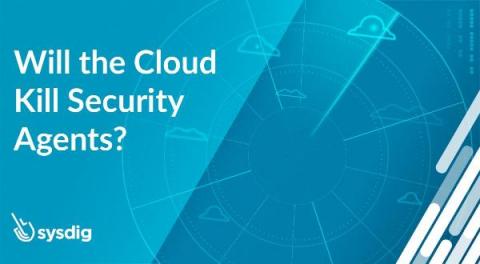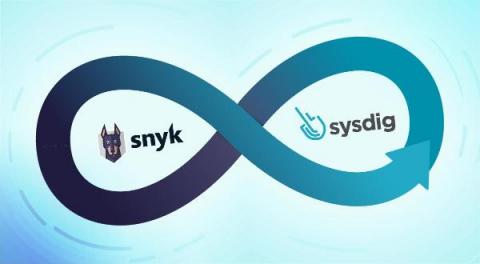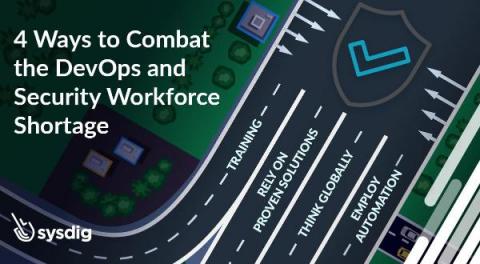IBM Z Application Environment Modernization with Sysdig
Recently, IBM announced the IBM Z and Cloud Modernization Center1 for the acceleration of hybrid cloud and to help IBM Z clients accelerate the modernization of their applications, data, and processes in an open hybrid cloud architecture. By combining IBM Z systems built for transactional integrity, throughput, reliability, and availability with hybrid cloud development, IBM is combining the best of both worlds.




